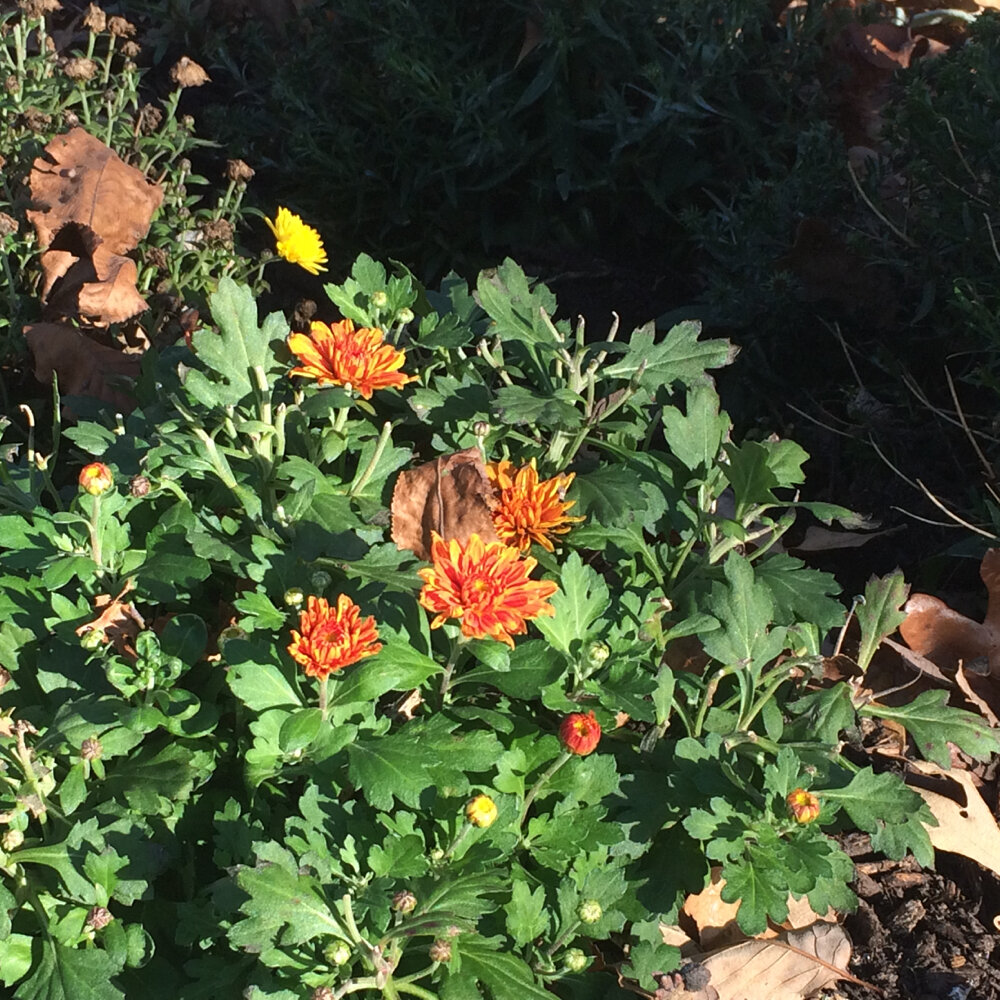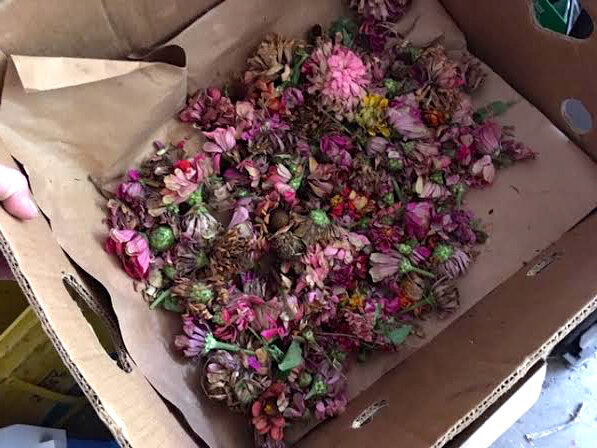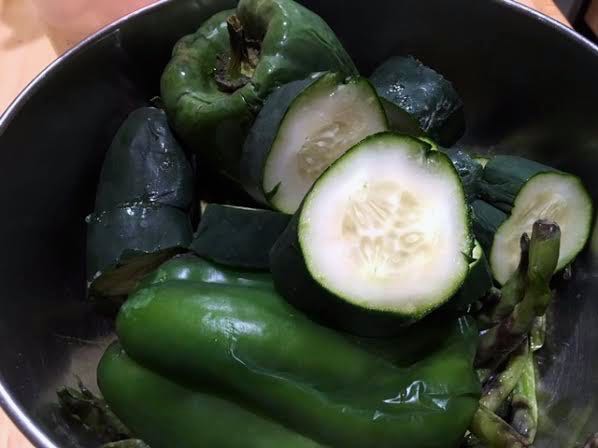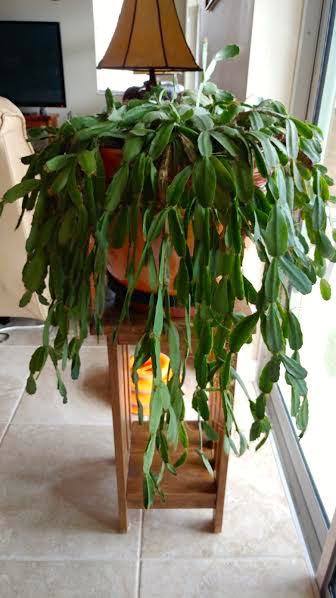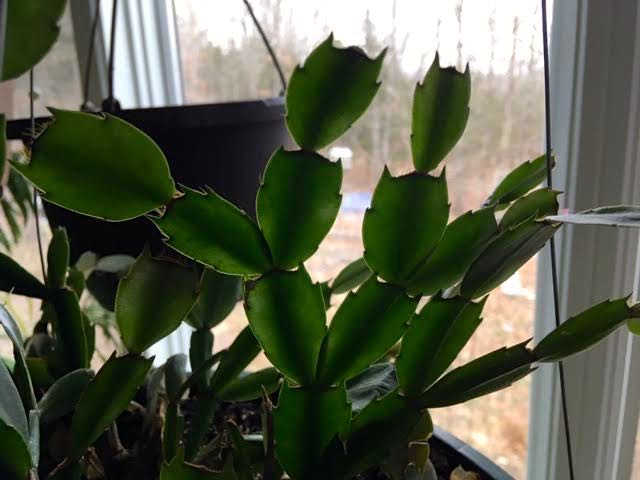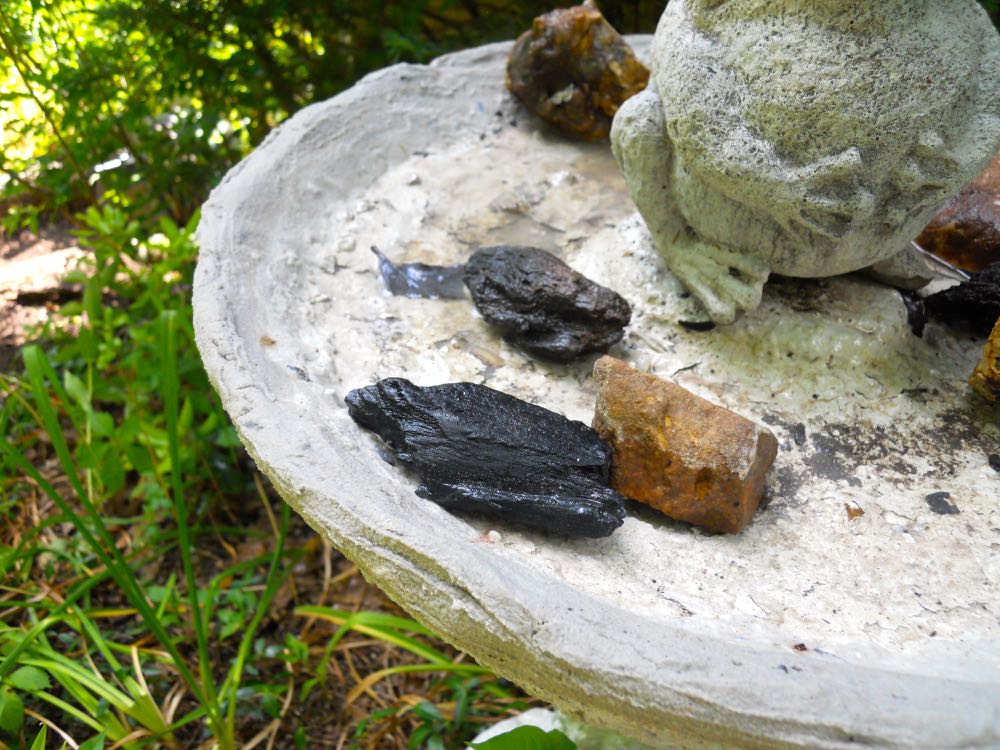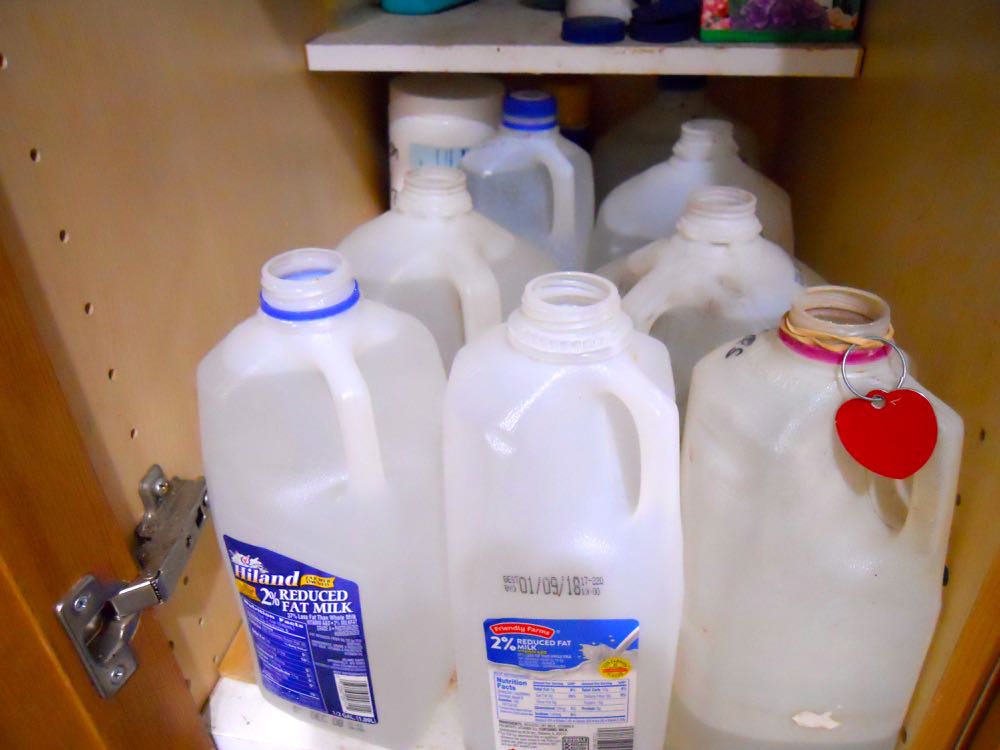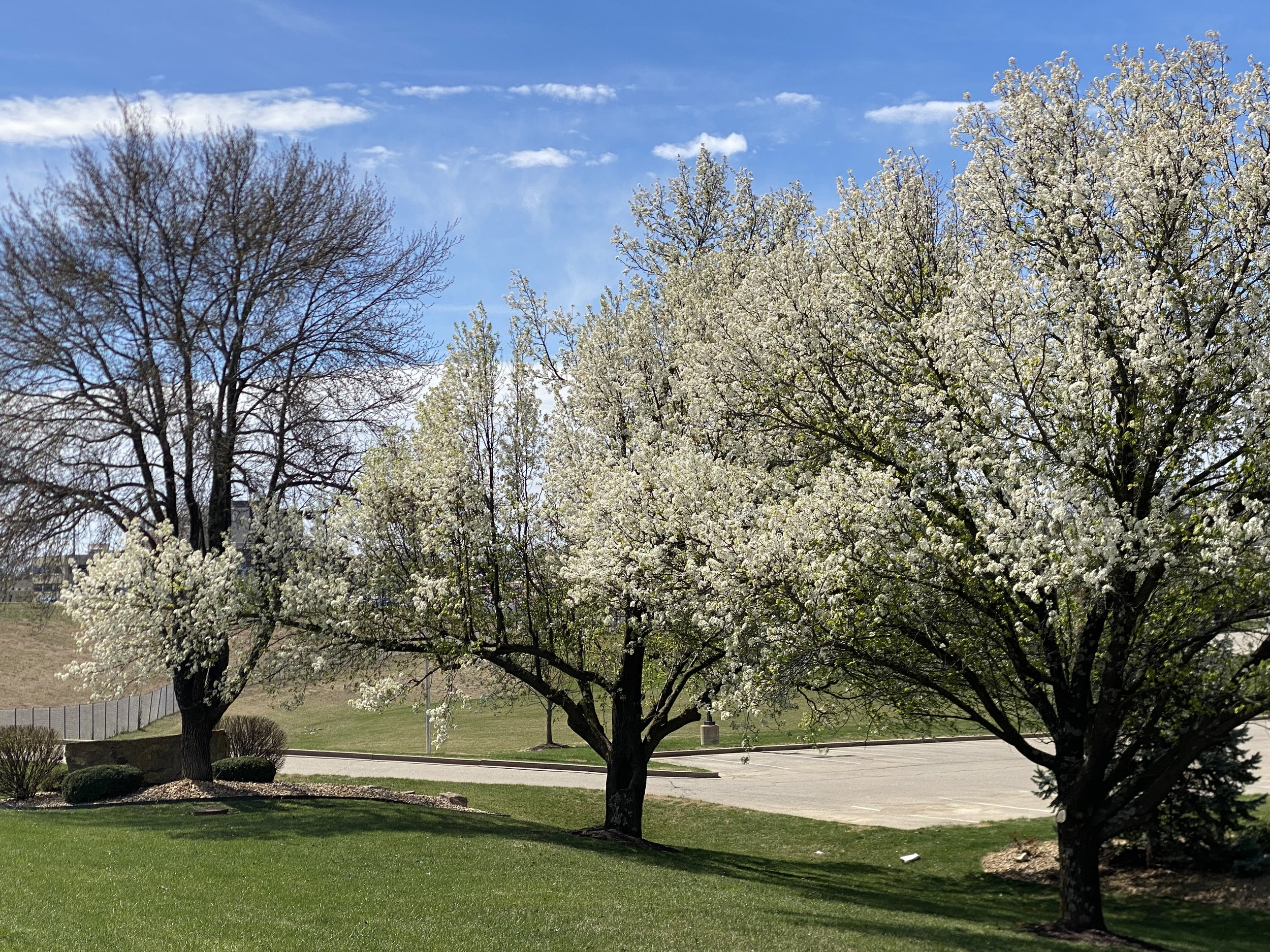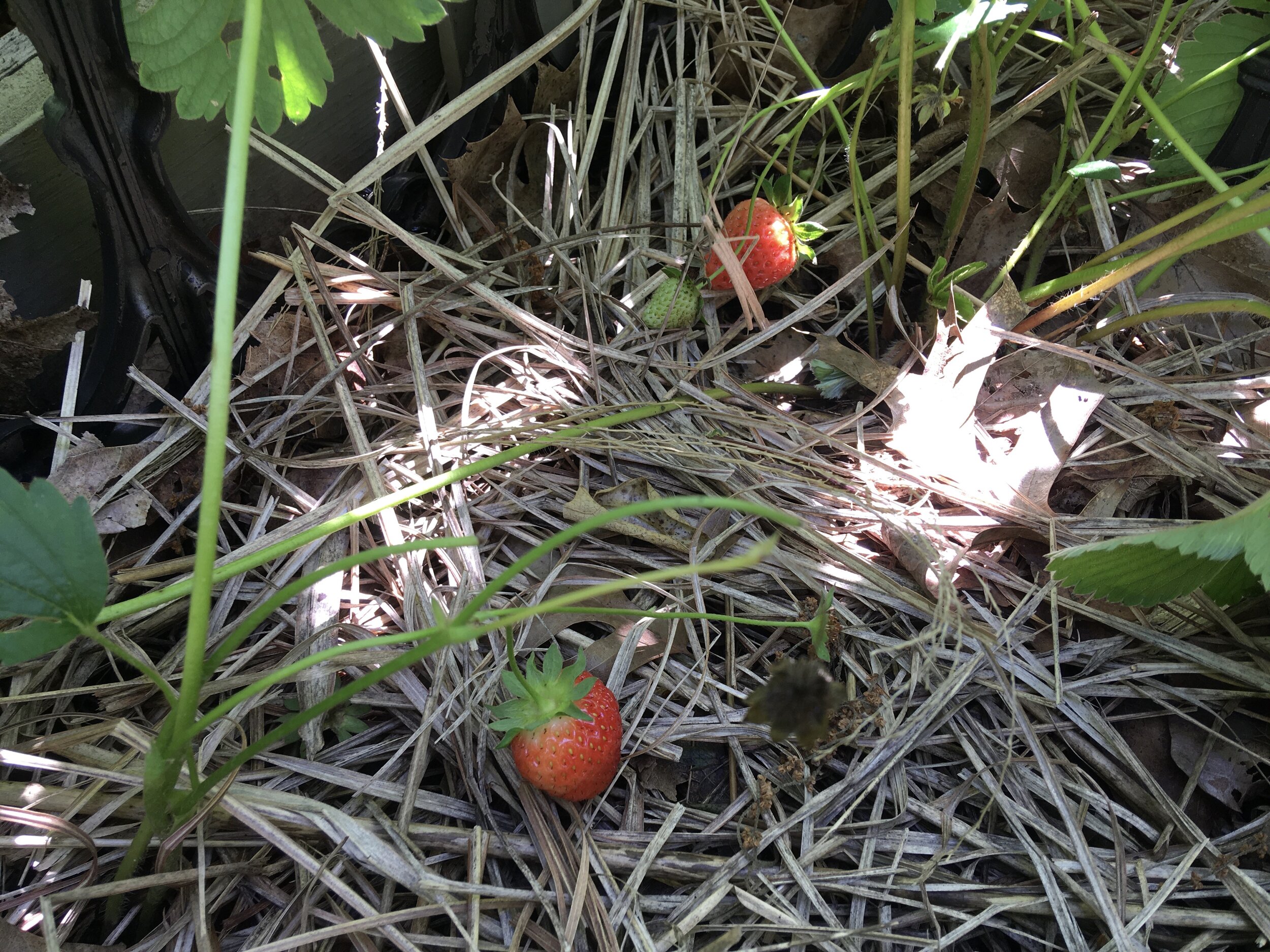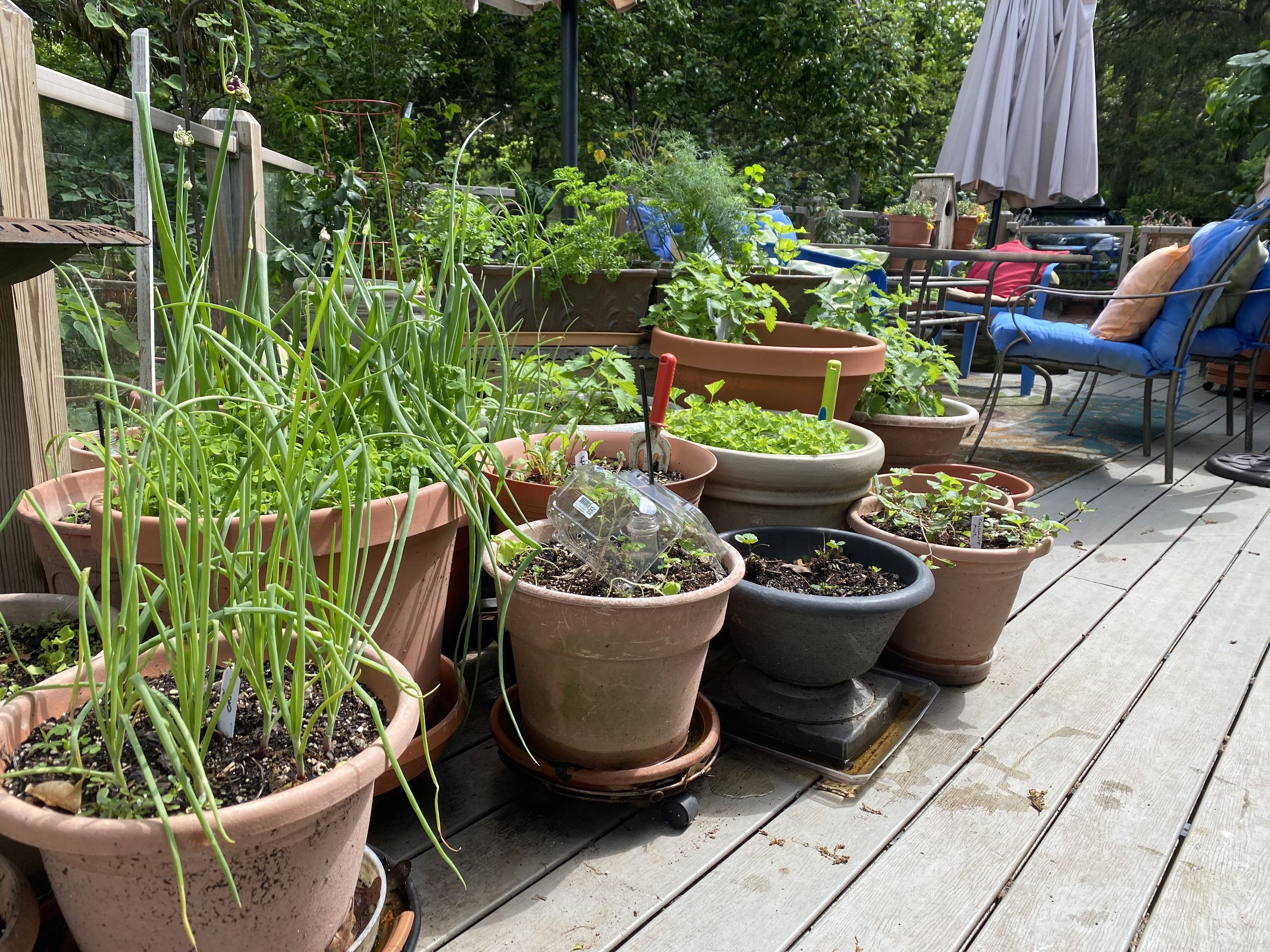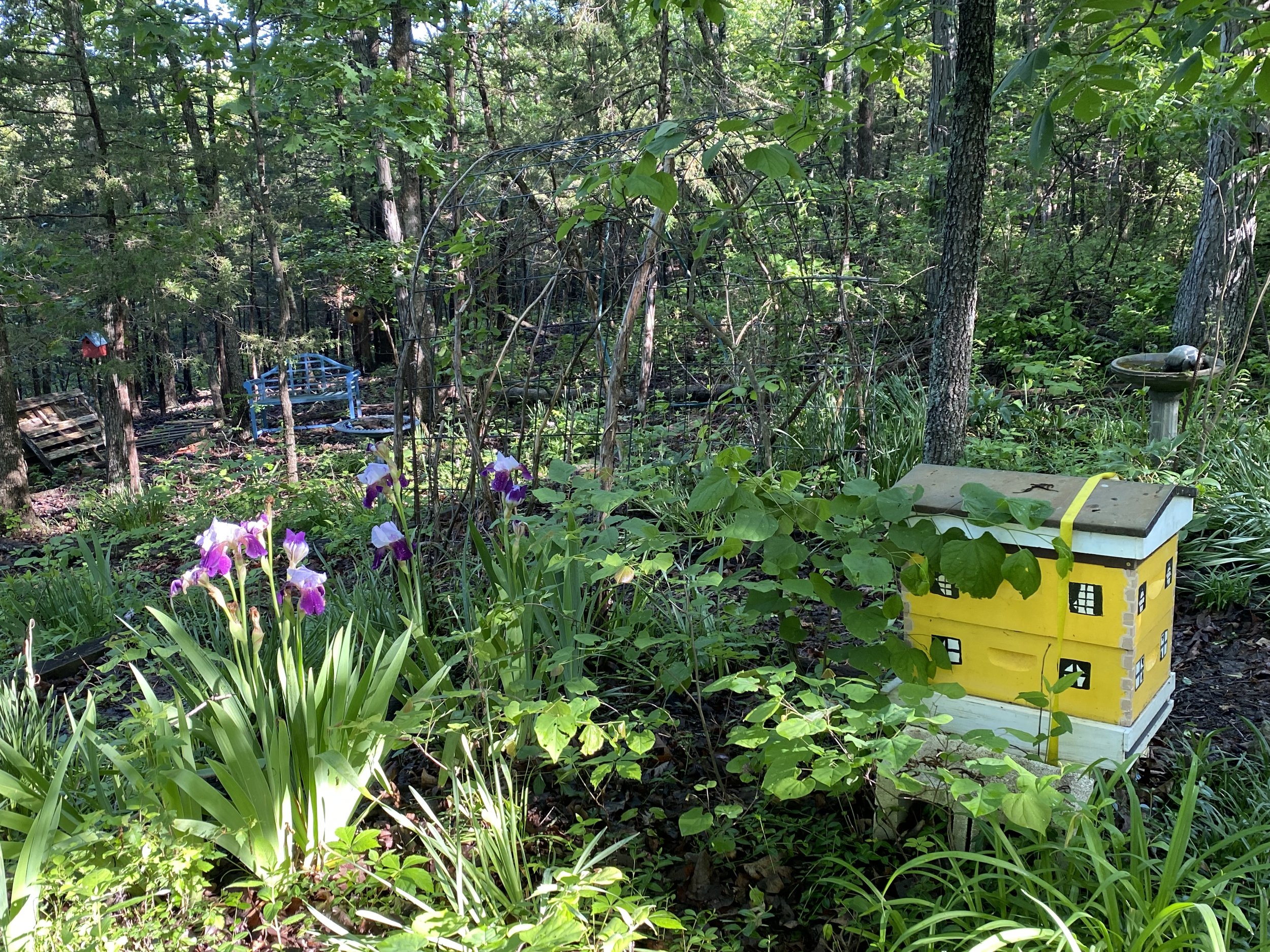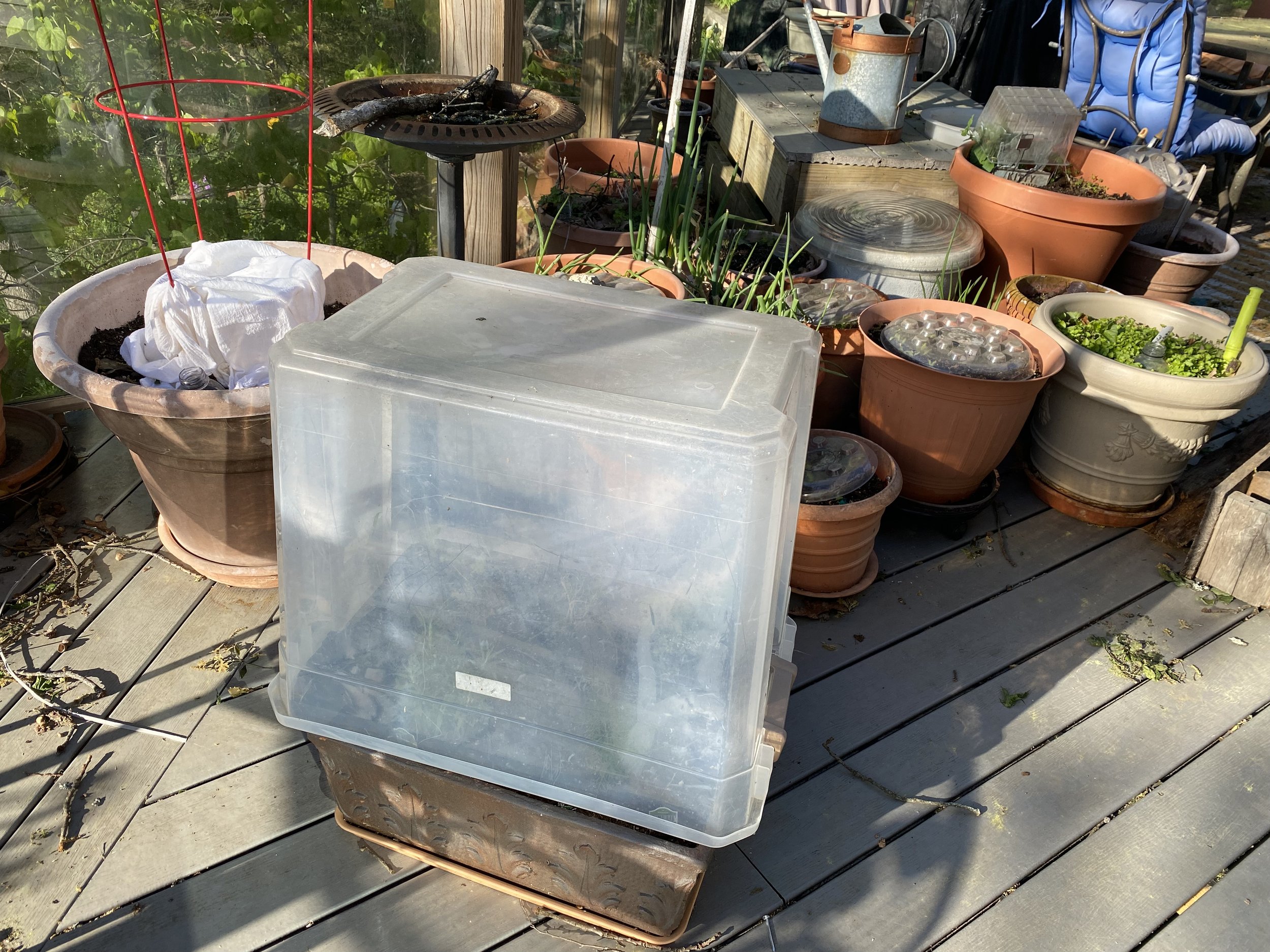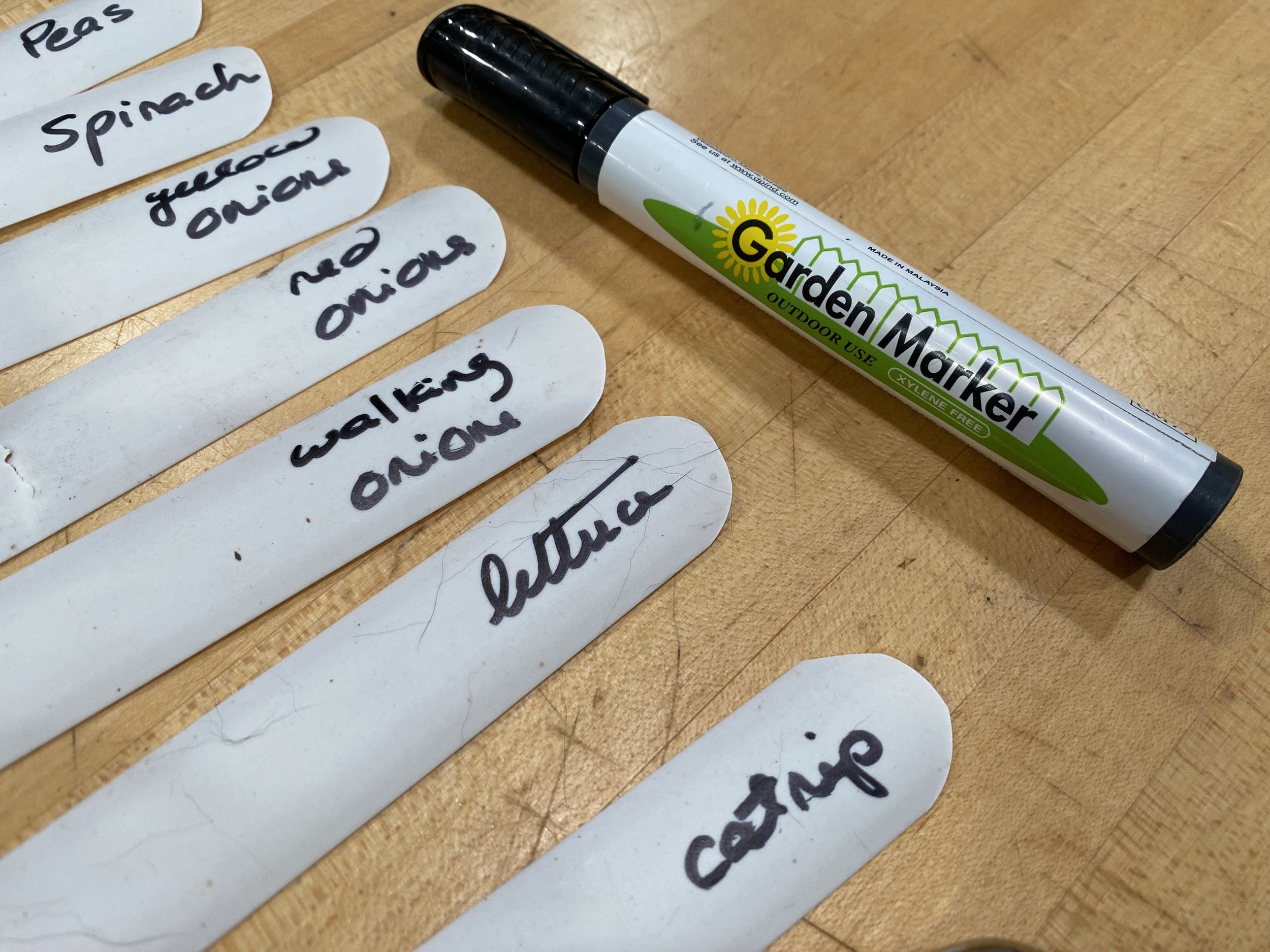Dead Mums Good?
/Three of my “dead” mums on one of my flower beds. (Photo by Charlotte Ekker Wiggins)
“…what’s the big deal about mums? I do like them. It’s trouble to have to water them through winter. Dead mums look bad. What do they do in garden?” — Andy
Dead Mums Good?
Hi Andy, oh, my, where to start. They are practical, they are easy to grow, they are pretty AND they are long-lasting. And there’s a good reason why you should appreciate them when the top is dead.
First, there’s no getting around that dead chrysanthemums (also called mums) in a garden are not pretty. Unless they are covered in snow, and then they are quite sweet-looking, little mounds of white scattered throughout my hillside. The value of the dead chrysanthemums is that they are protecting new growth developing underneath, at the heart of the plant.
If you have some in your garden, go out in daylight and take a peek. These three mums in the photo were planted last fall and photographed January 9, 2020. I have been ensuring their roots were hydrated by periodically watering them, which also gave me an excuse to walk through my garden and see how things were doing.
If we had rain, or snow, I didn’t bother because nature was taking care of watering duties. In general, plants need an inch of rain a week.
Natural Bug Deterrent
My goal is to have mums scattered throughout my garden. Mums are a natural bug deterrent. Most of the “safe” garden insecticides you find currently on the market are made with pyrethrins, which is essentially essence of mums.
By having mums scattered around, you are using them for bug deterrence as well as enjoying some of the longest lasting fall flowers, when most of the color comes from deciduous tree leaves changing color.
And as an added benefit, mums are also one of the longest lasting cut flowers you can find in any garden. That’s why you will find florists using mums in flower bouquets.
Checking Mums for Growth
So what are you looking for when you peek through the dead mums? As you approach, it may seem like there is no sign of life. Be patient, and gentle. Look into the mum at the bottom of the center.
This is the first mum, bottom right in the photo. See the green growth in the center?
A mum planted last fall is showing new growth dead center. (Photo by Charlotte Ekker Wiggins)
What still amazes me is how a little patch of green in winter can turn into a full blooming plant by the next summer.
If you were to dig up and separate this little patch of green, you will find several plants growing together.
Here is the second mum, mid level on the left of my hill. See anything?
New growth is farther along in this mum planted last fall. (Photo by Charlotte Ekker Wiggins)
This one also has new growth a little farther along than the first one photographed. If I had to guess, this will have a good half dozen plants started if they all make it until spring.
And no, I won’t cut off the dead mums from last year. Those dead stems are protecting the new growth from cold and wind, which can kill them.
One more mum to check, the top left one.
Top left mum is also showing new growth at the base. (Photo by Charlotte Ekker Wiggins)
This mum developed new growth later than the middle one, maybe about the same time as the bottom one. I thought I had planted all three about the same time but maybe not.
All three are showing good new growth so far so I will keep an eye on them as winter unfolds, making sure their roots are hydrated and growth protected with shredded leaves and wood mulch. The mulch will help keep the soil from heaving and thawing, which stresses out young plant roots.
Come spring, I will start the vigil of pinching growth when it reaches about 4 inches. I just tuck the extra growth in the ground next to the mother plant and let that piece root on its own.
By fall, this is what I should have again along my garden paths, mums in bloom.
Some of the yellow mums in bloom last fall in my garden. (Photo by Charlotte Ekker Wiggins)
Mums are definitely among my top 10 must have garden plants for any garden. Once established, they take very little effort to grow and they are helpful as well as pretty and long-lasting. My kind of flower!
Charlotte













